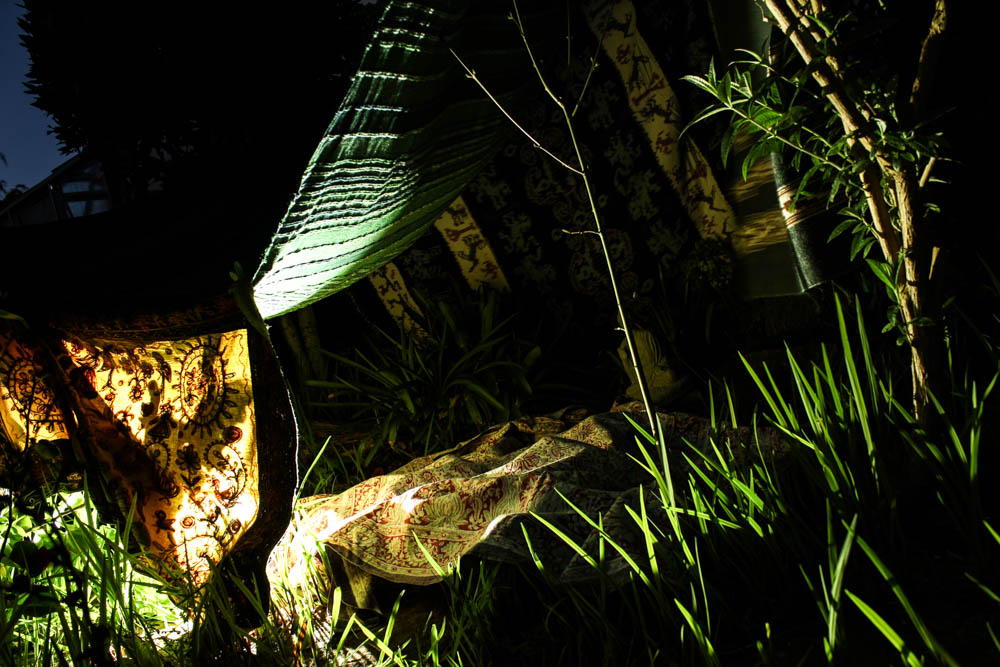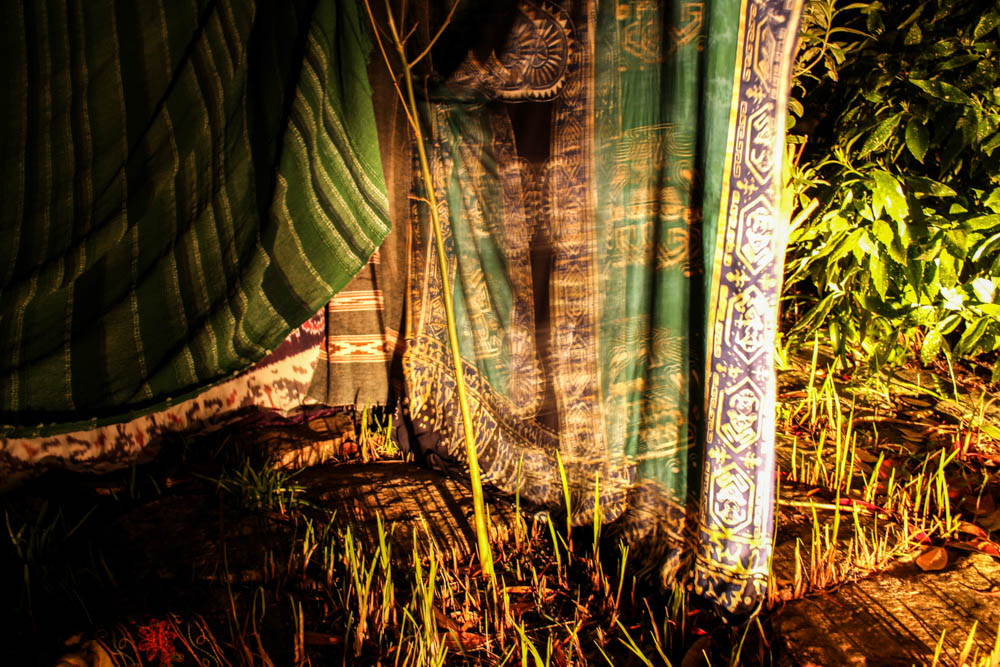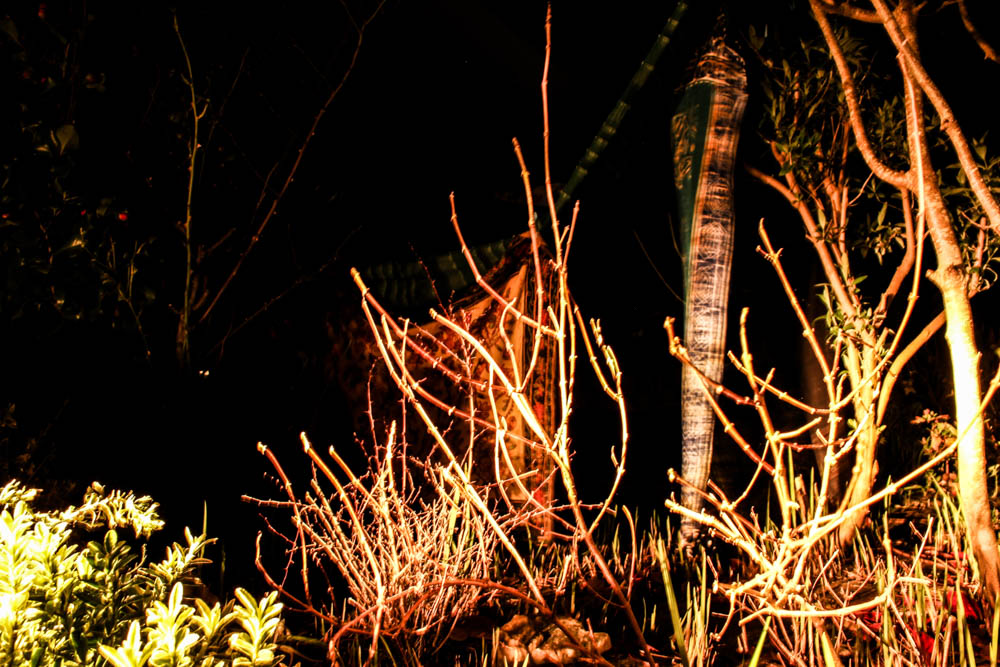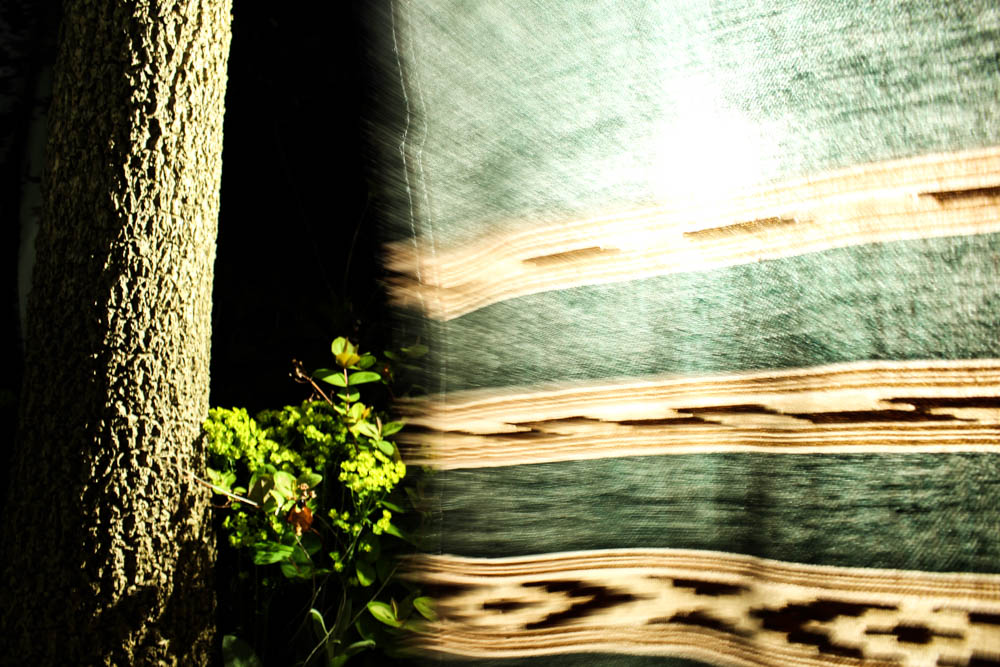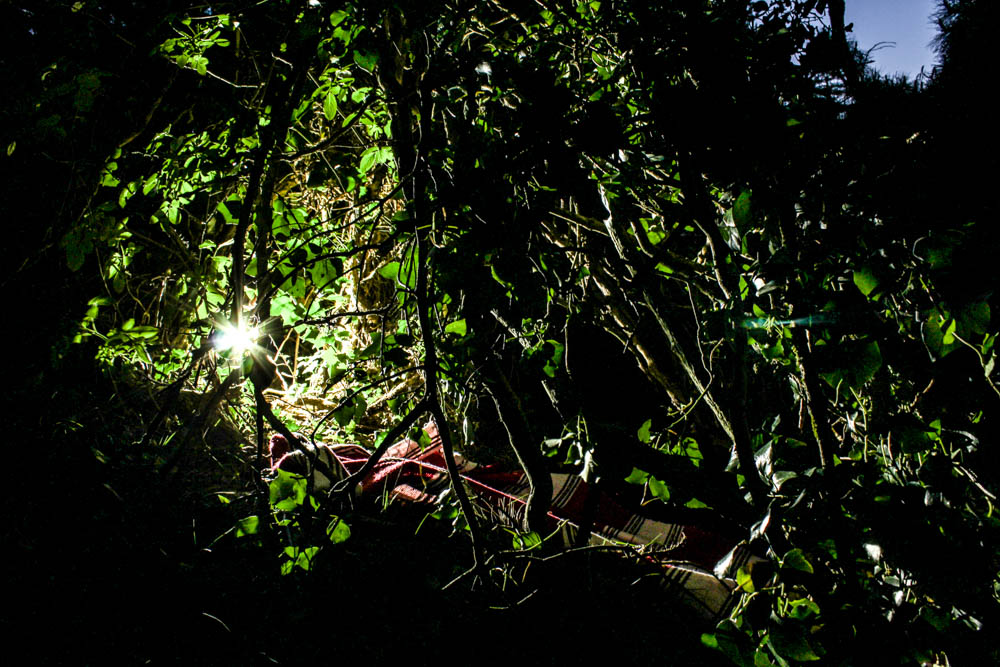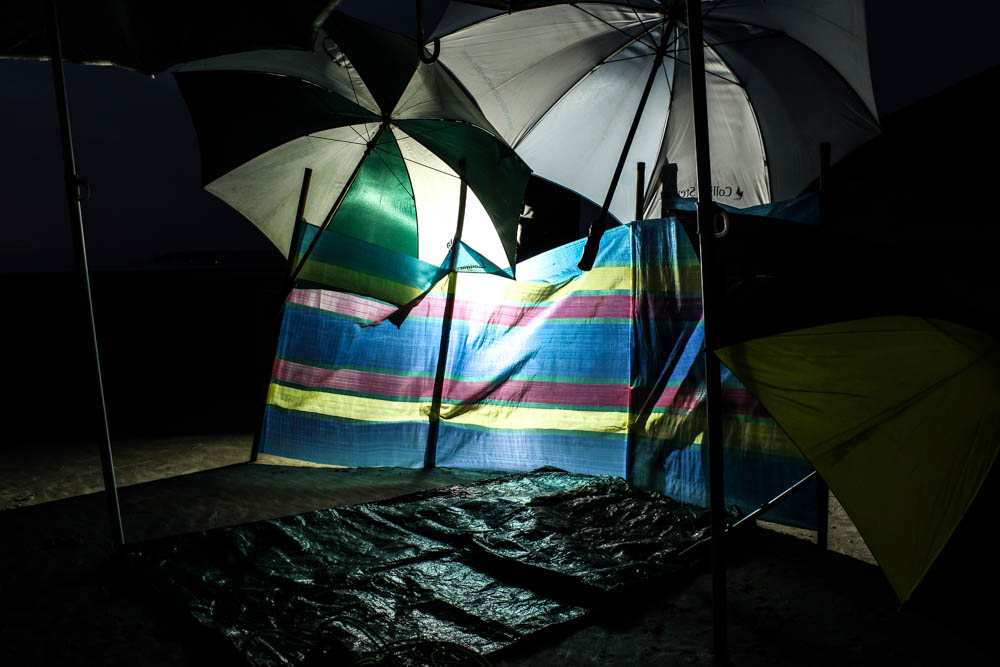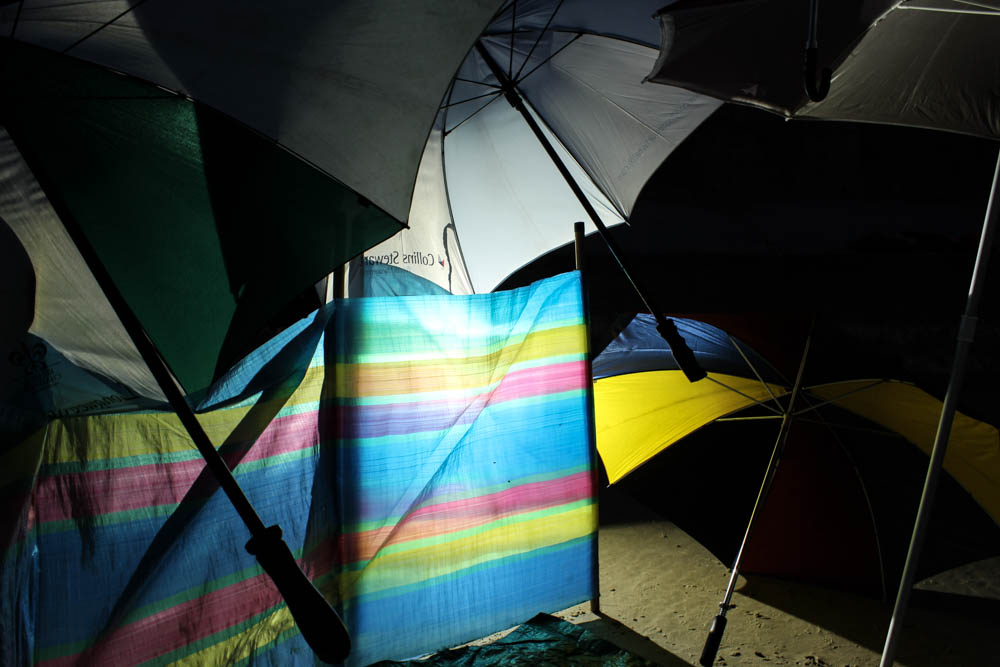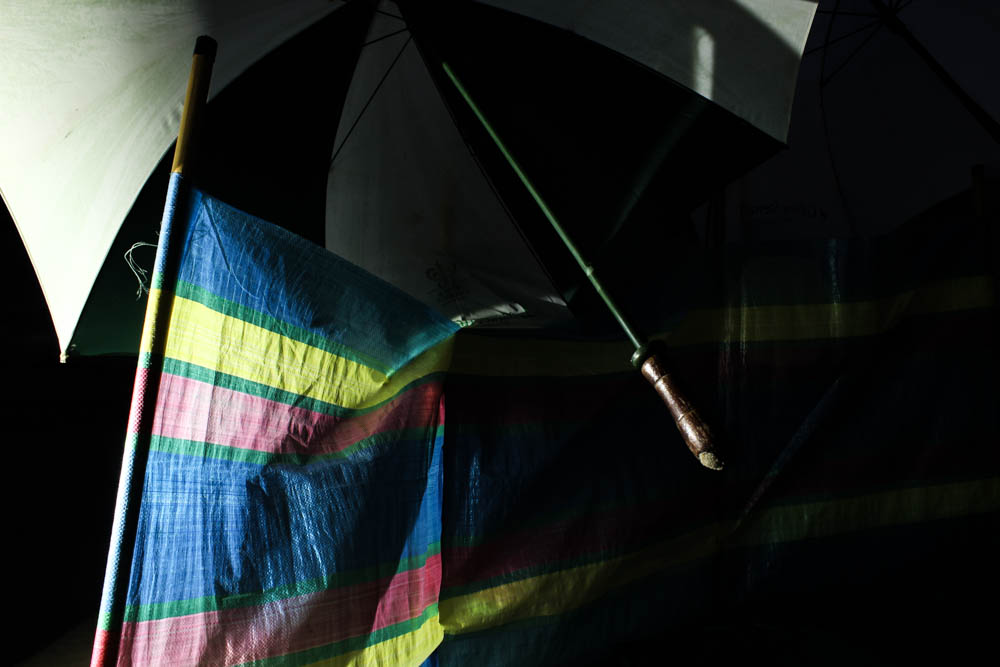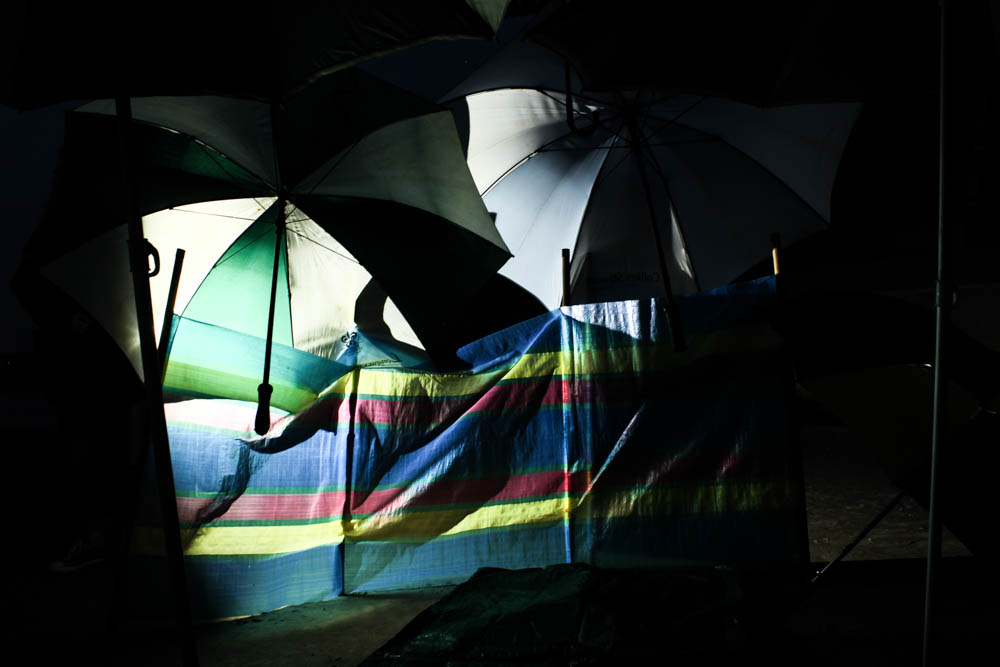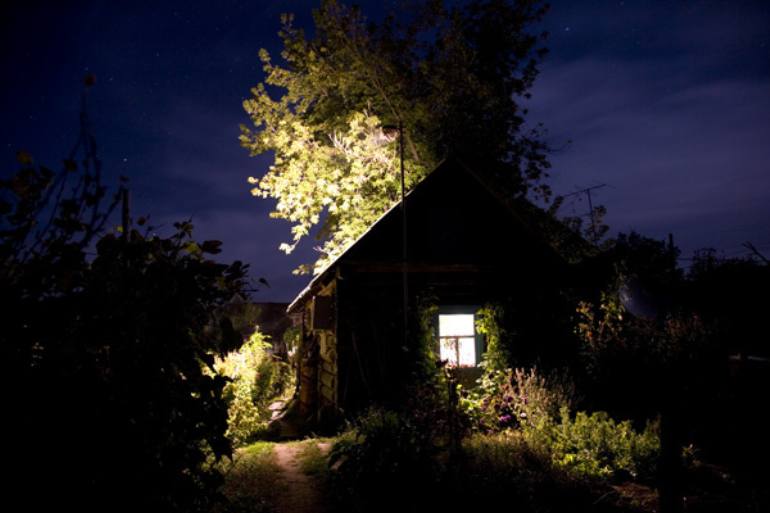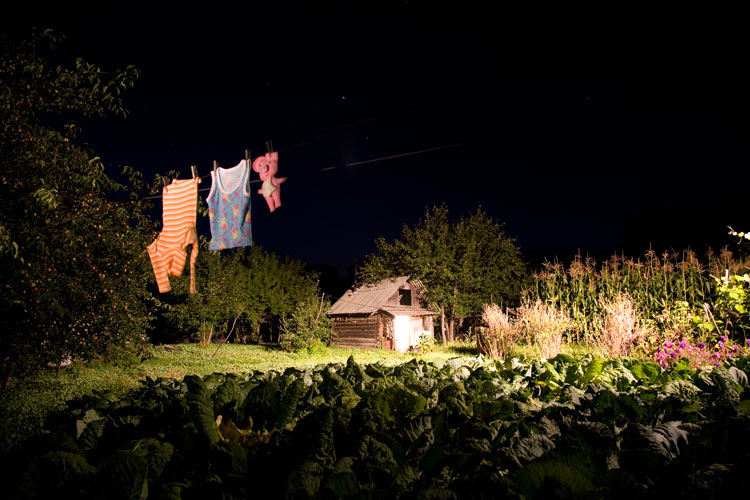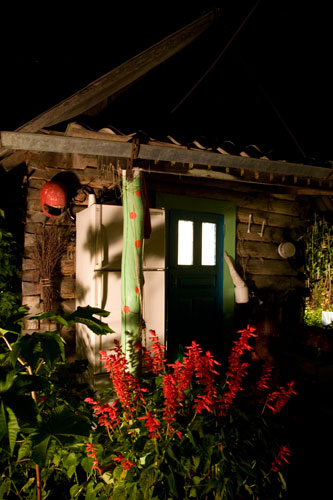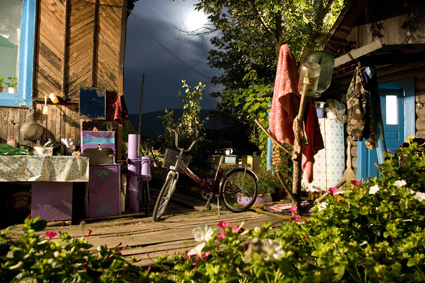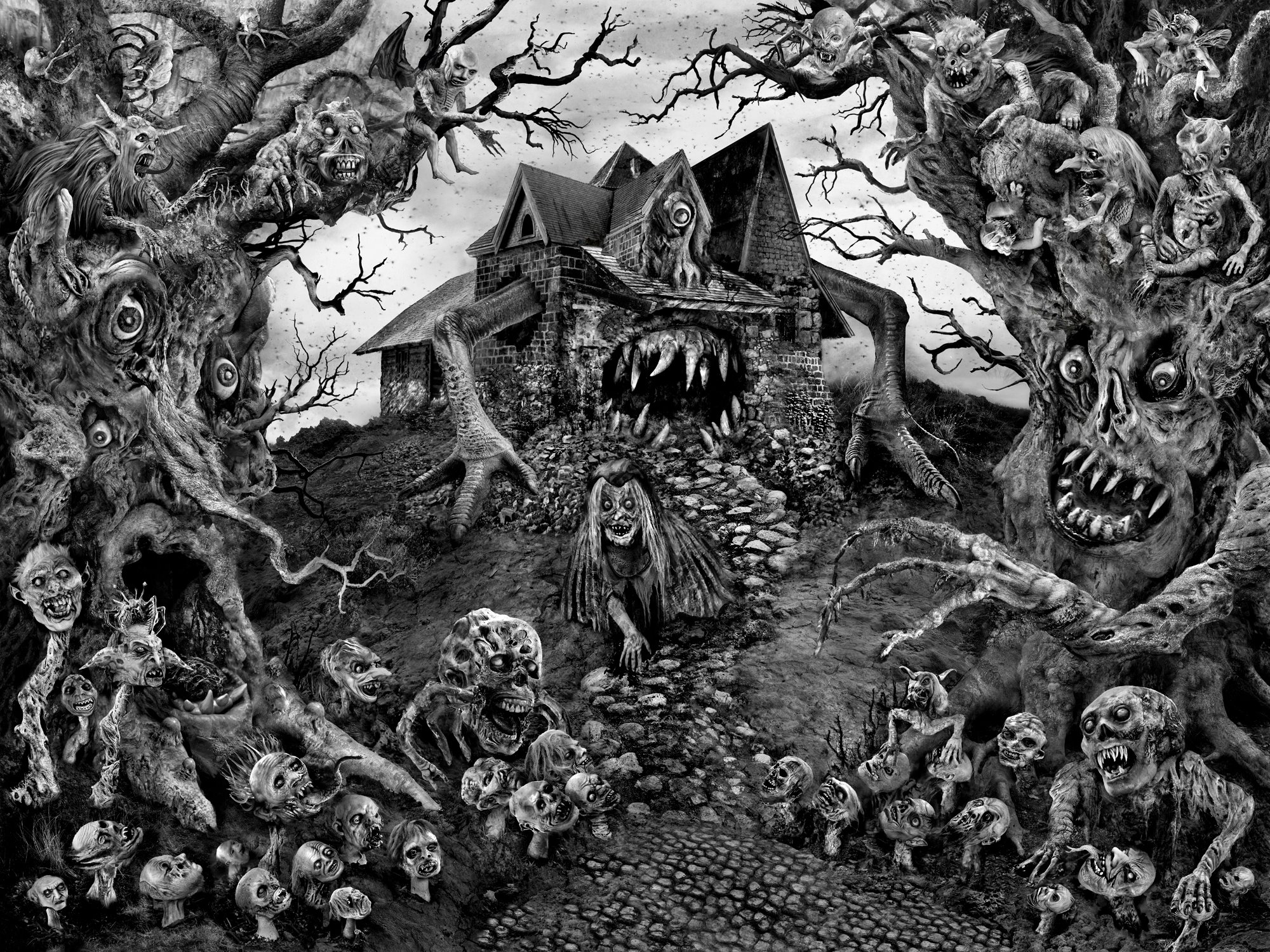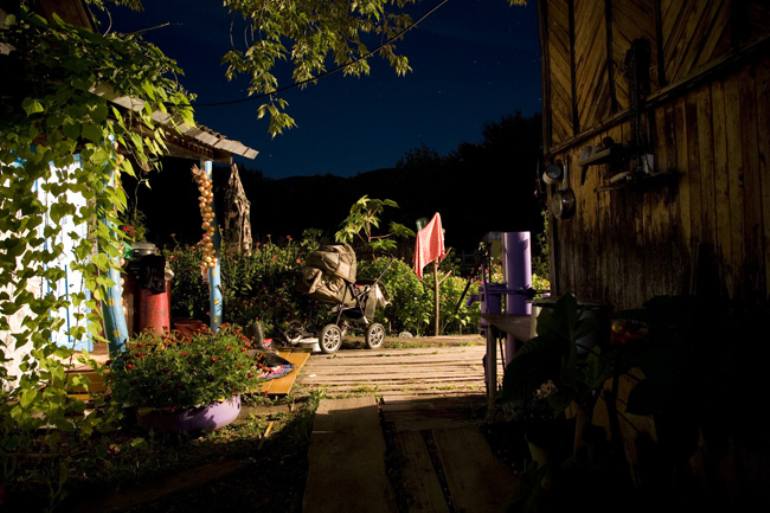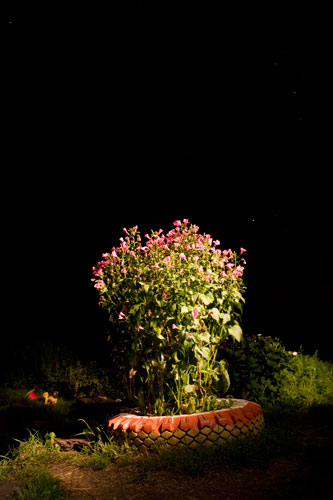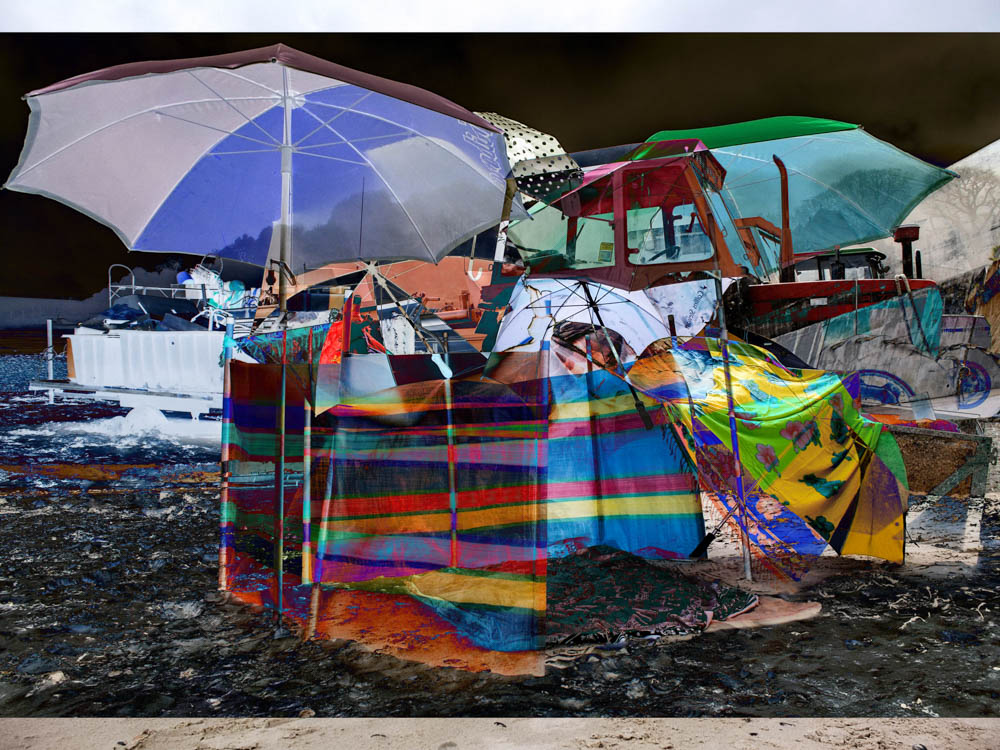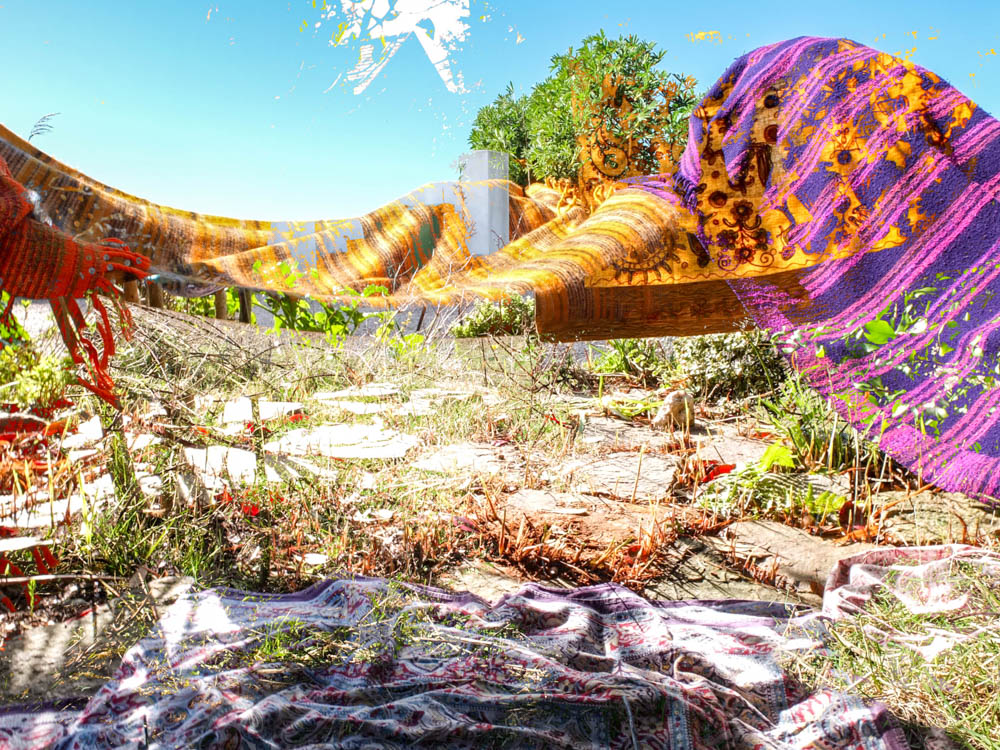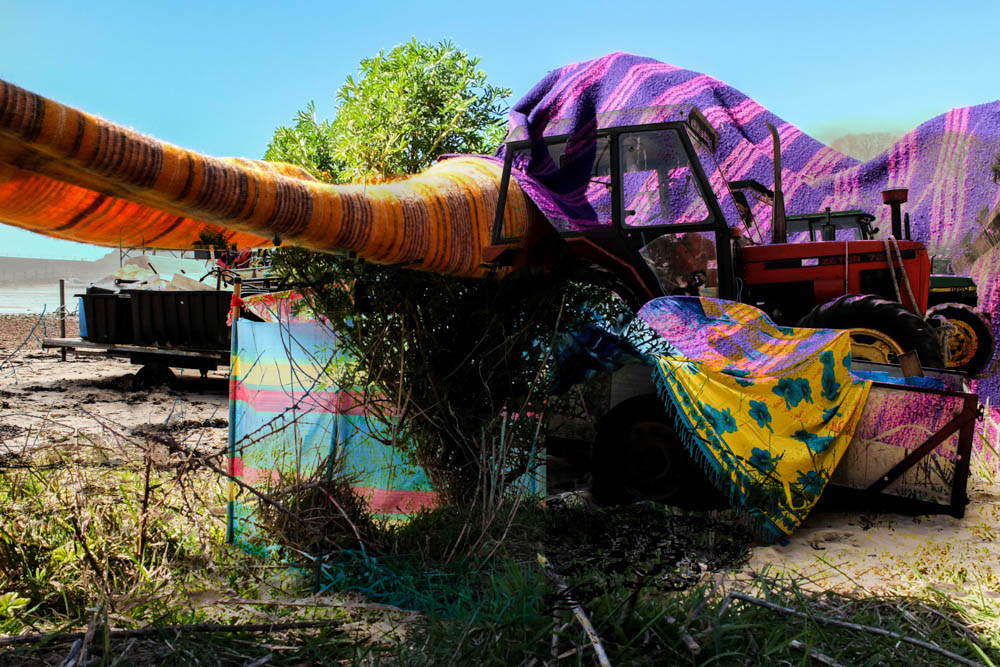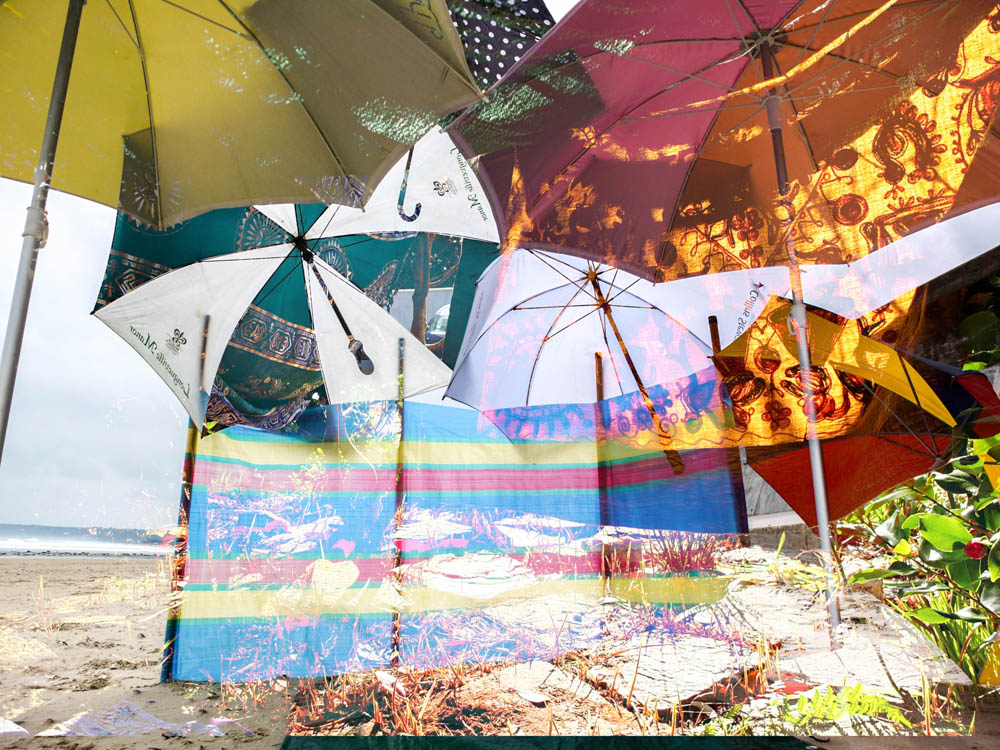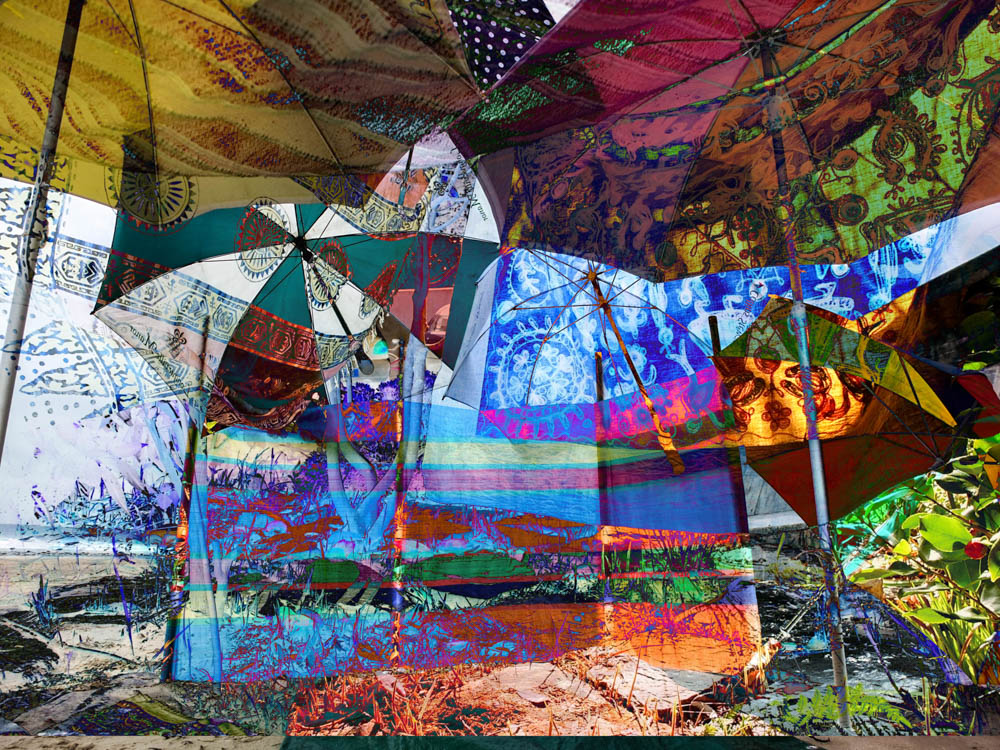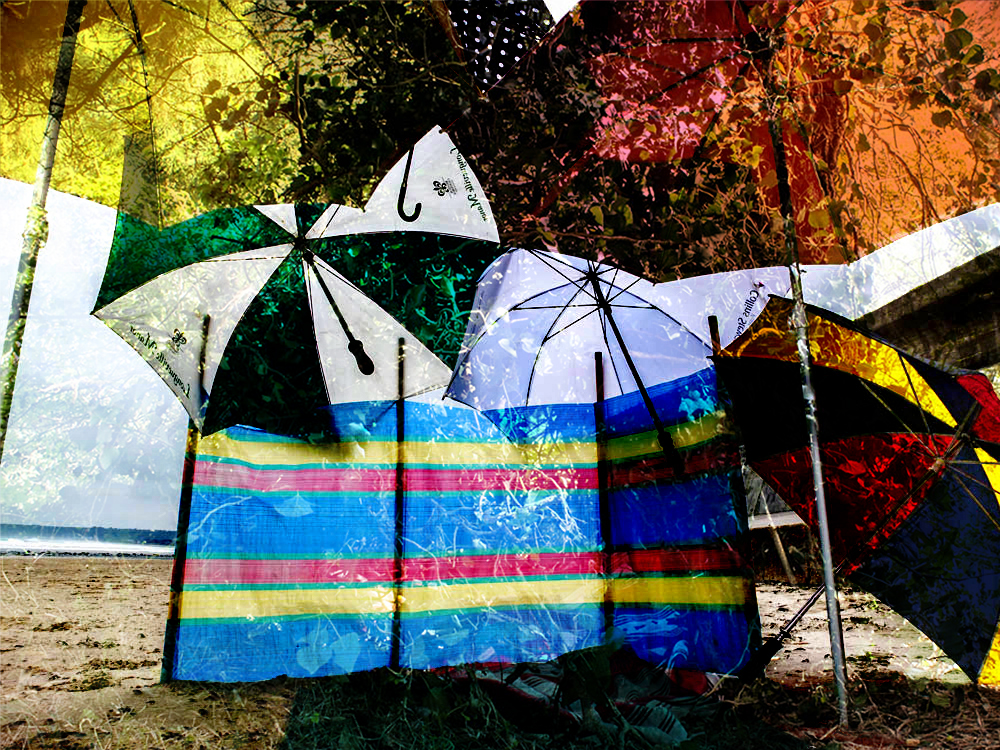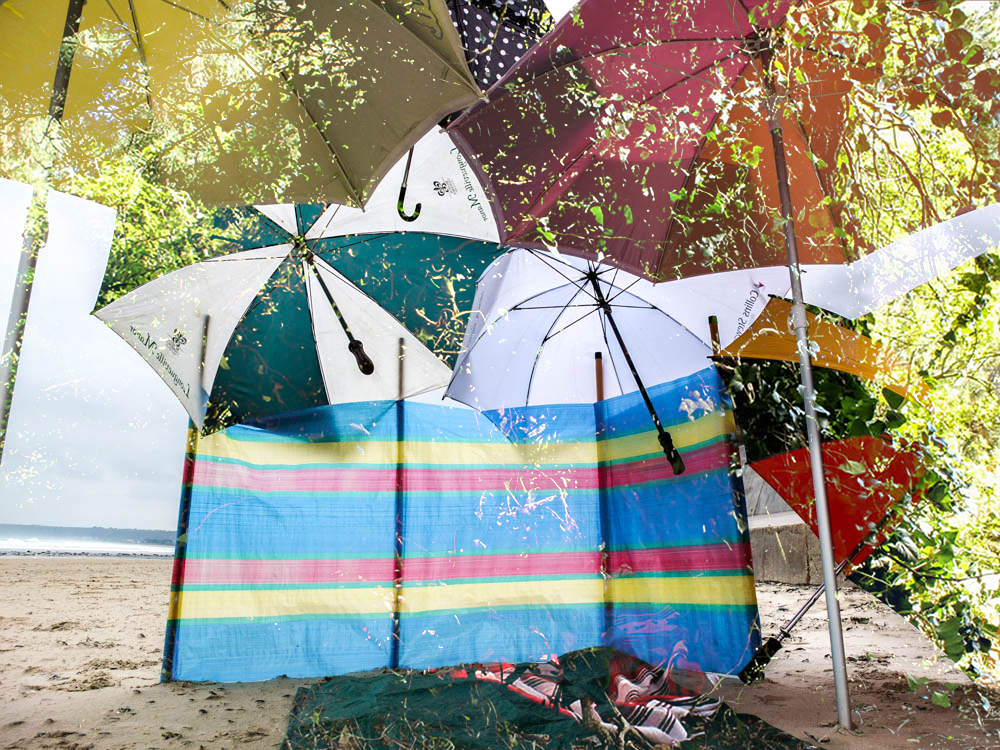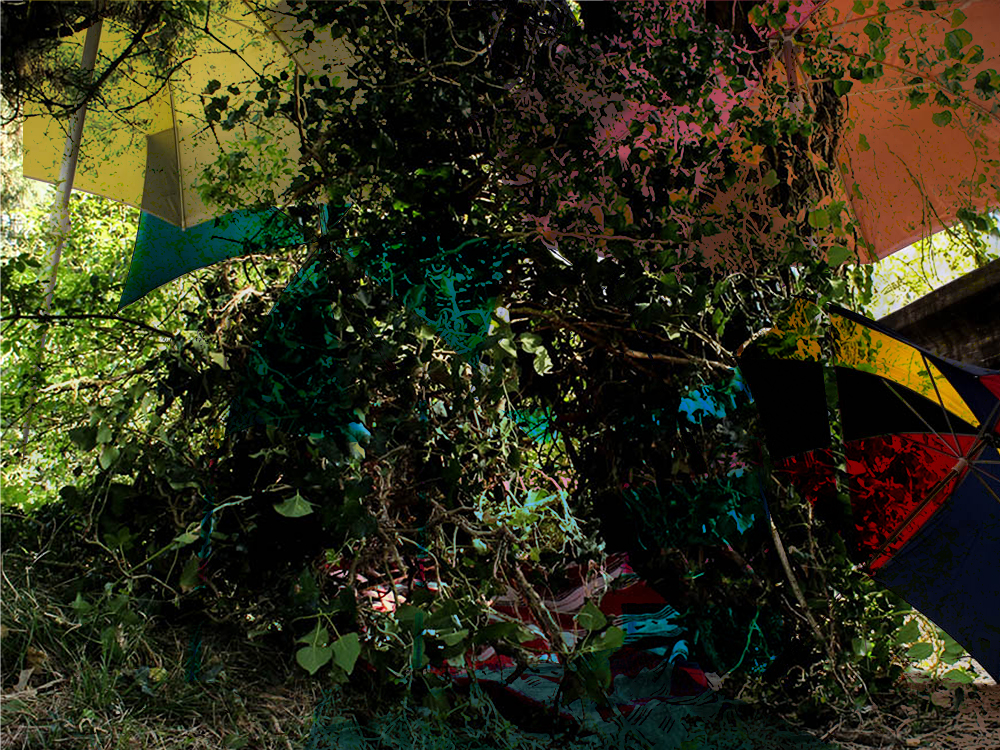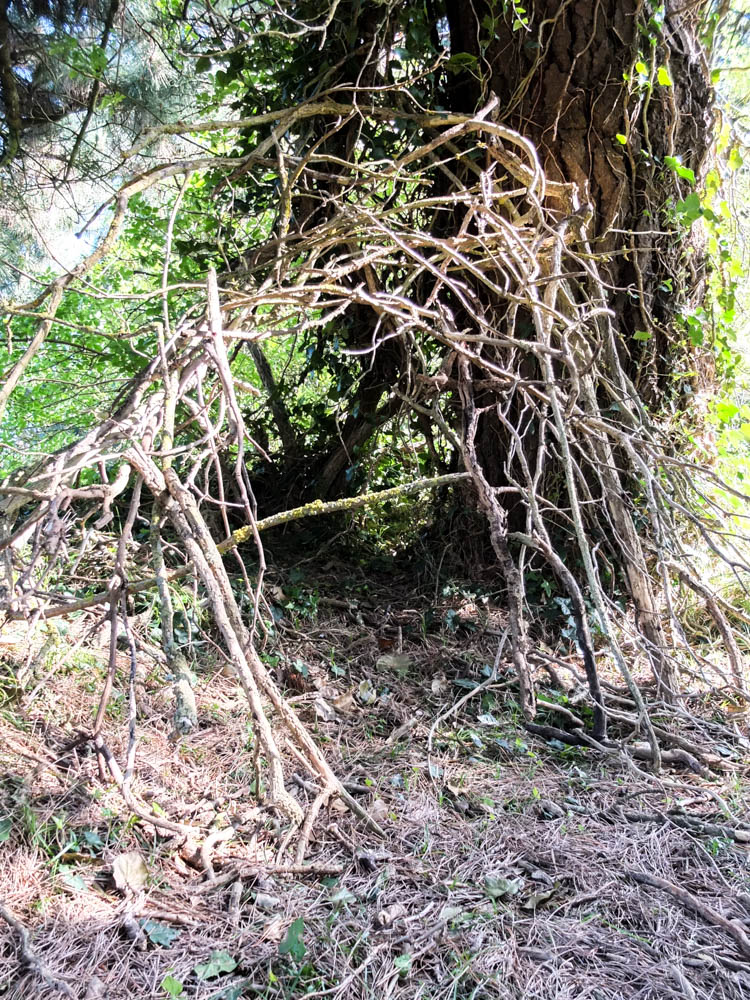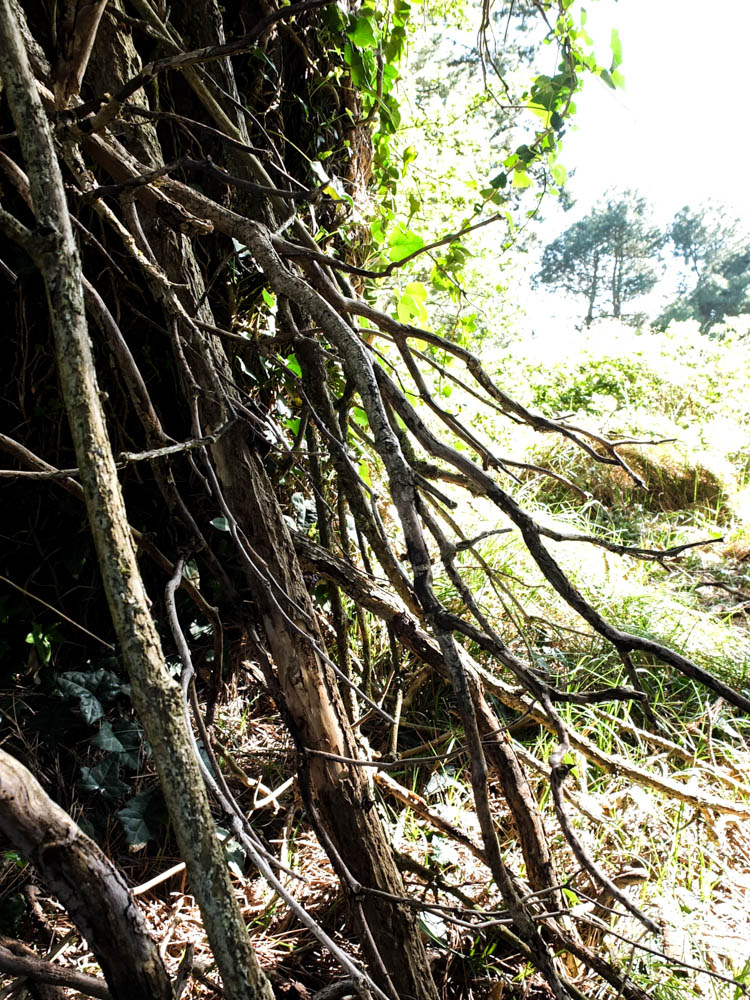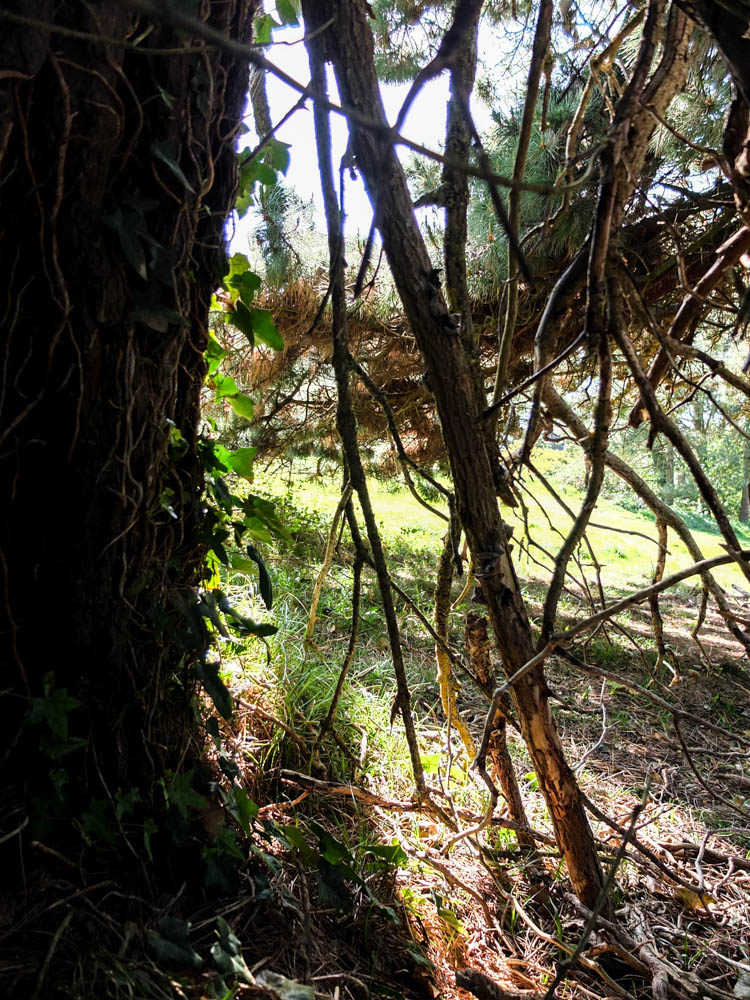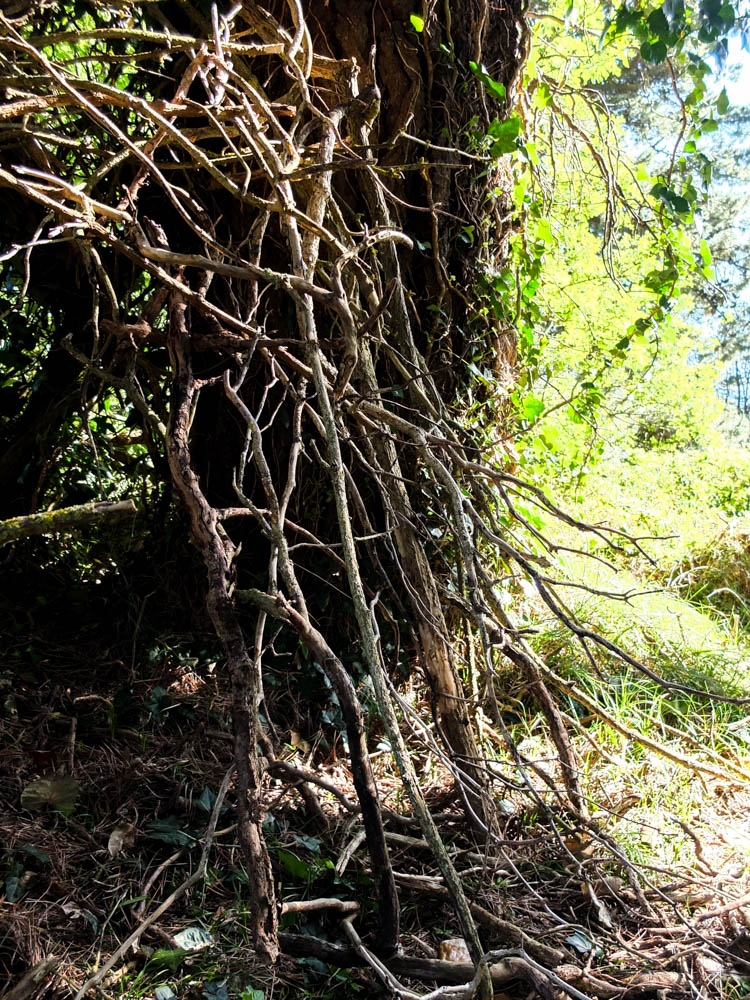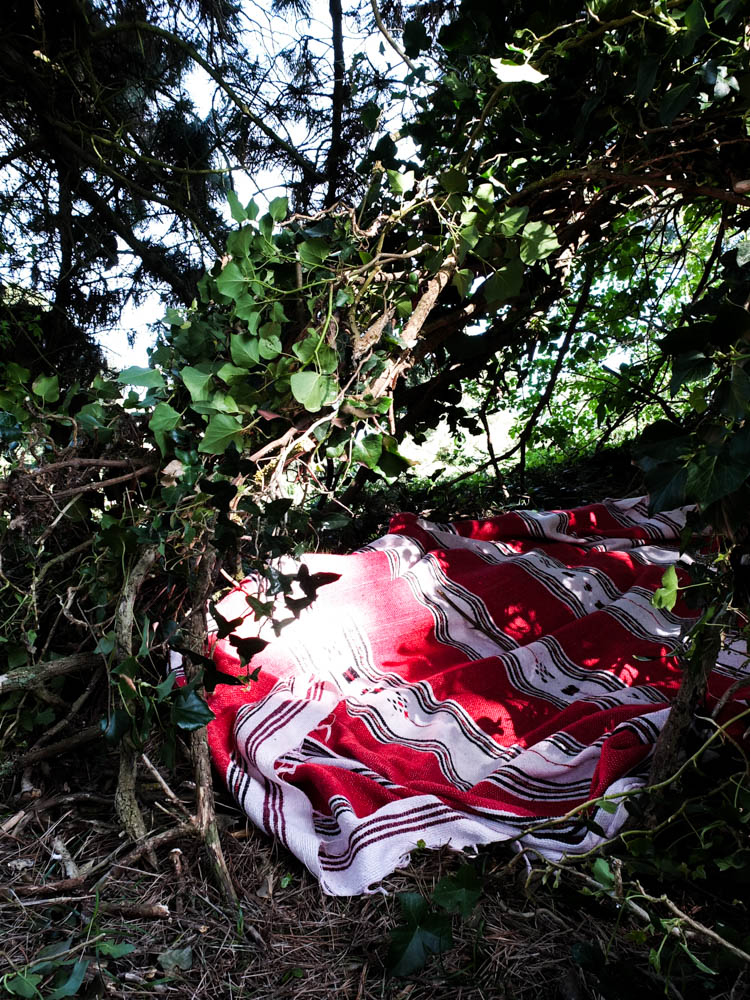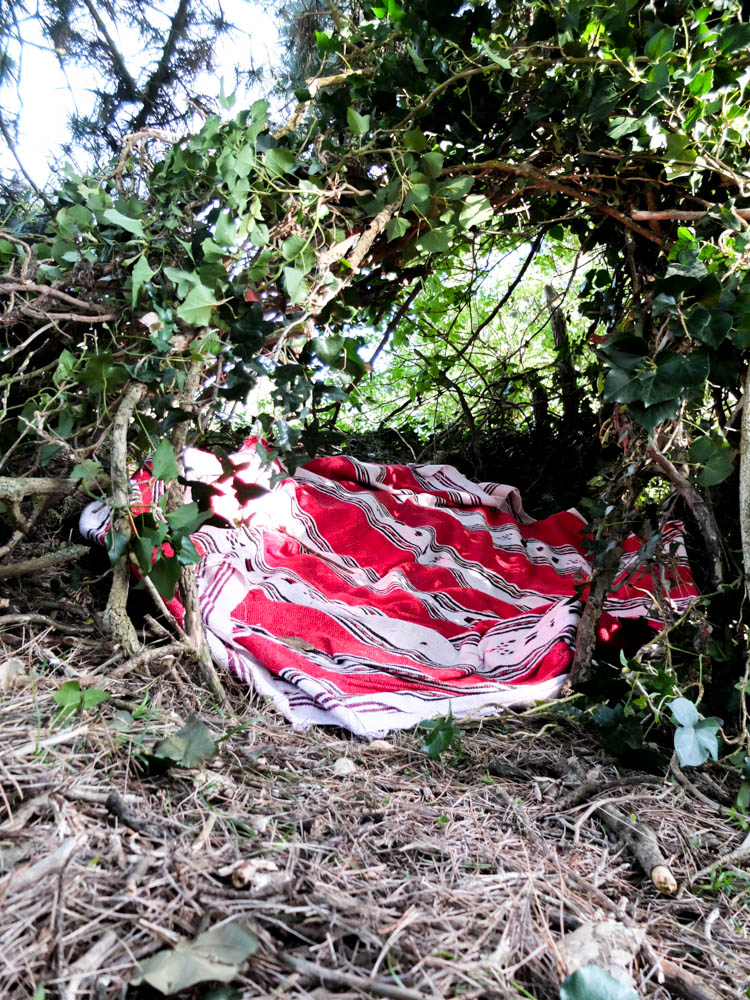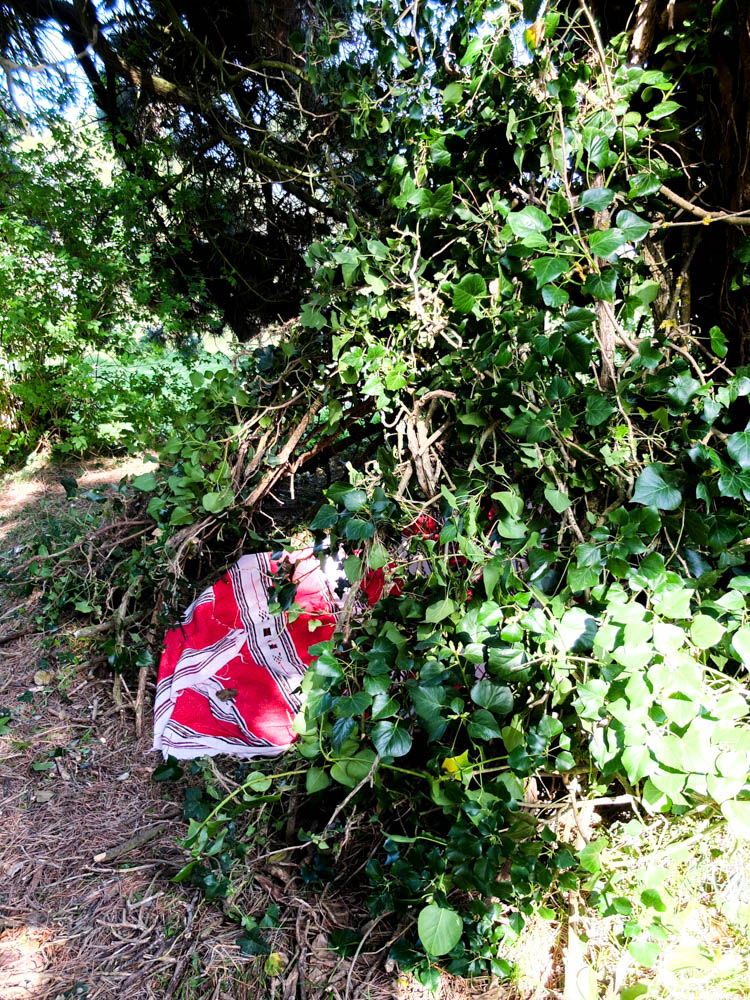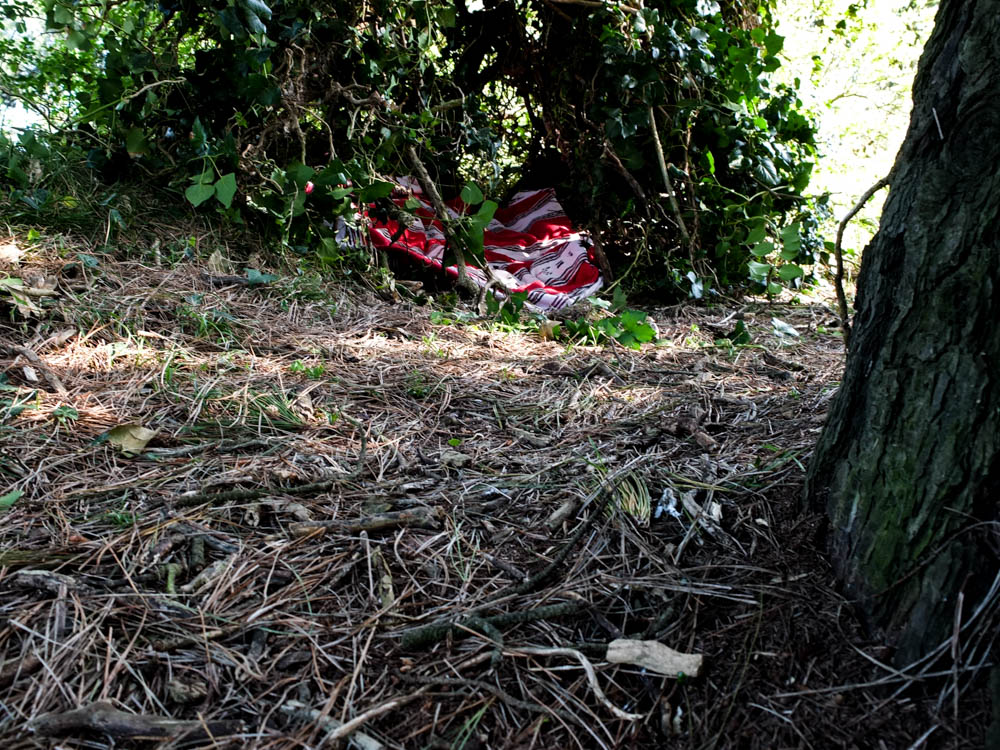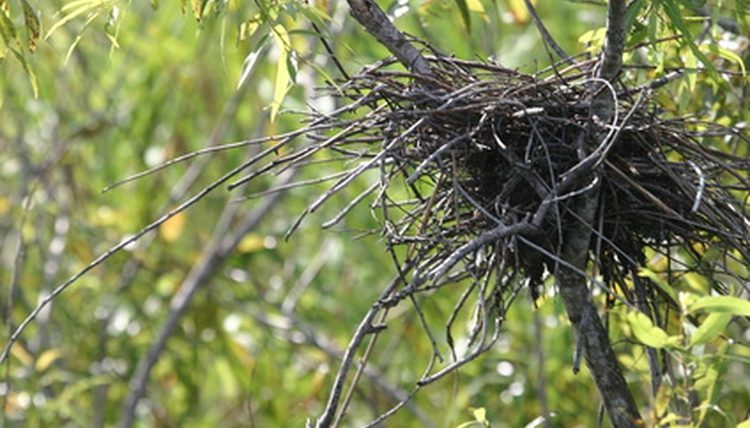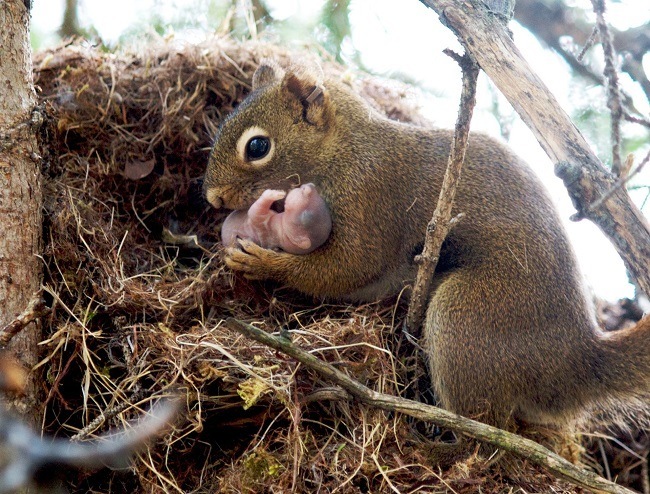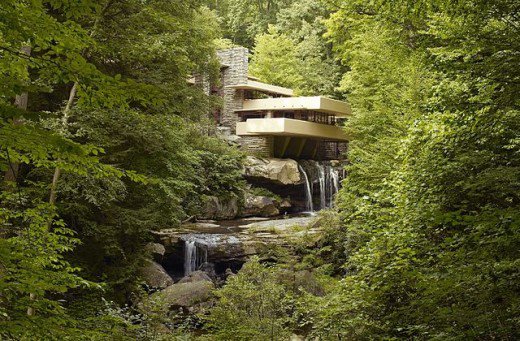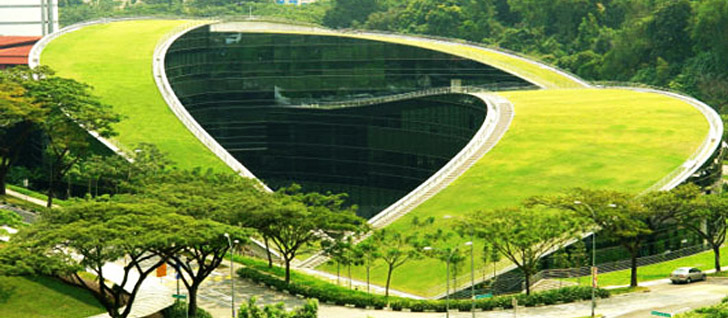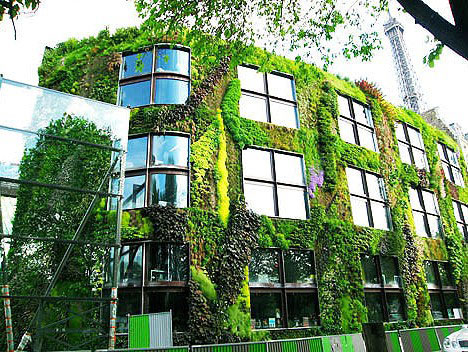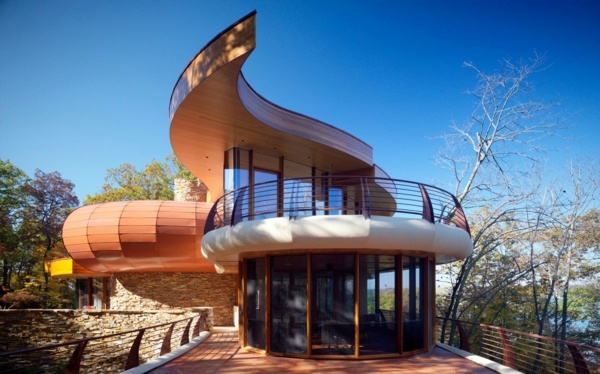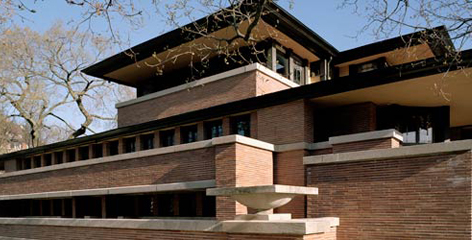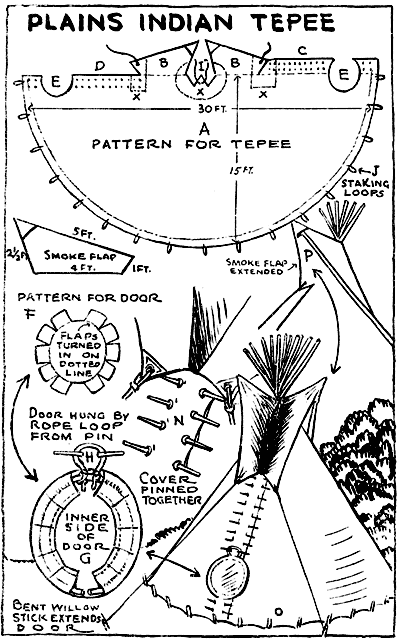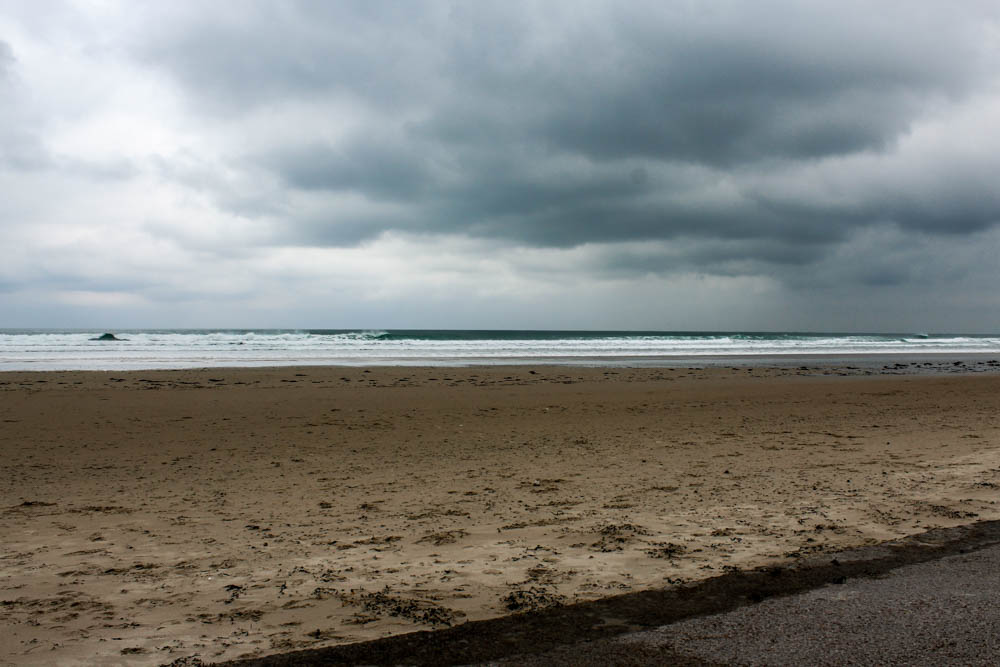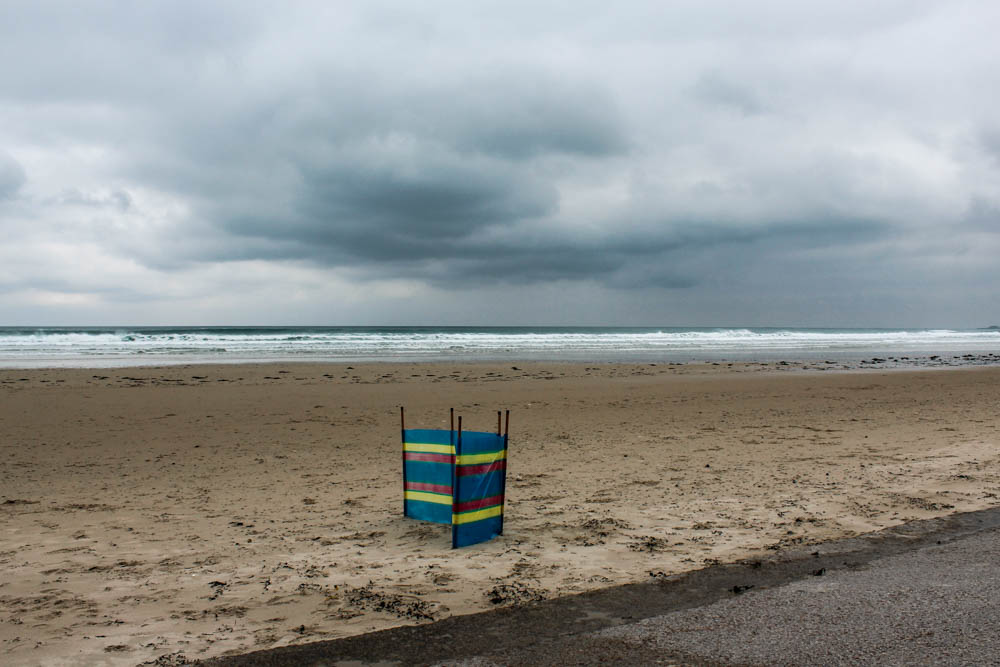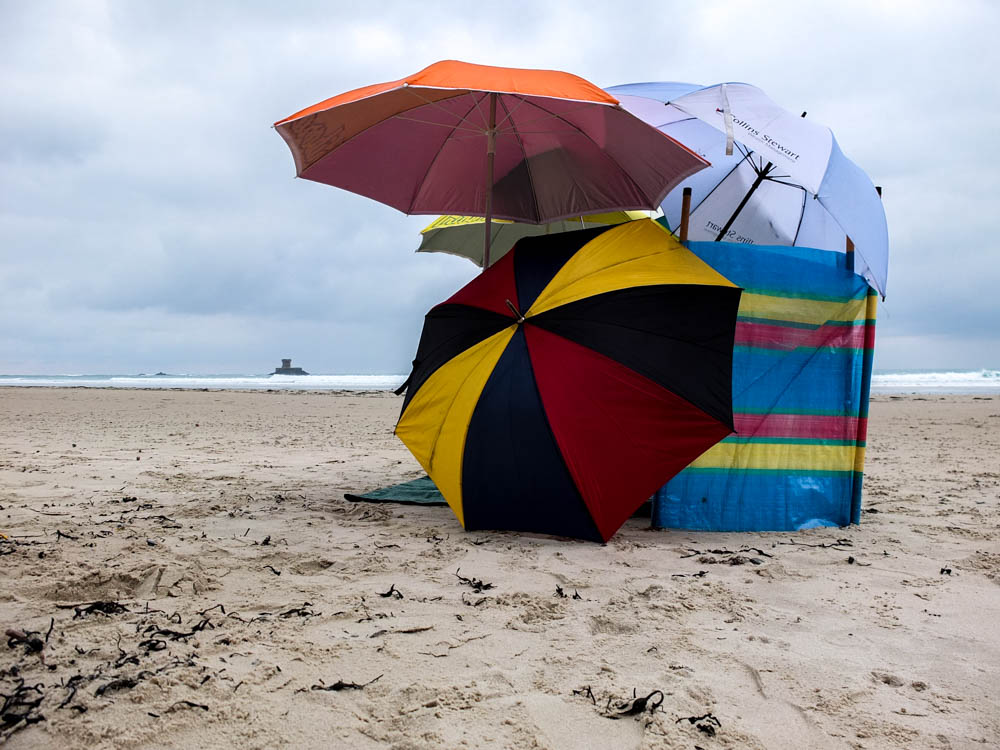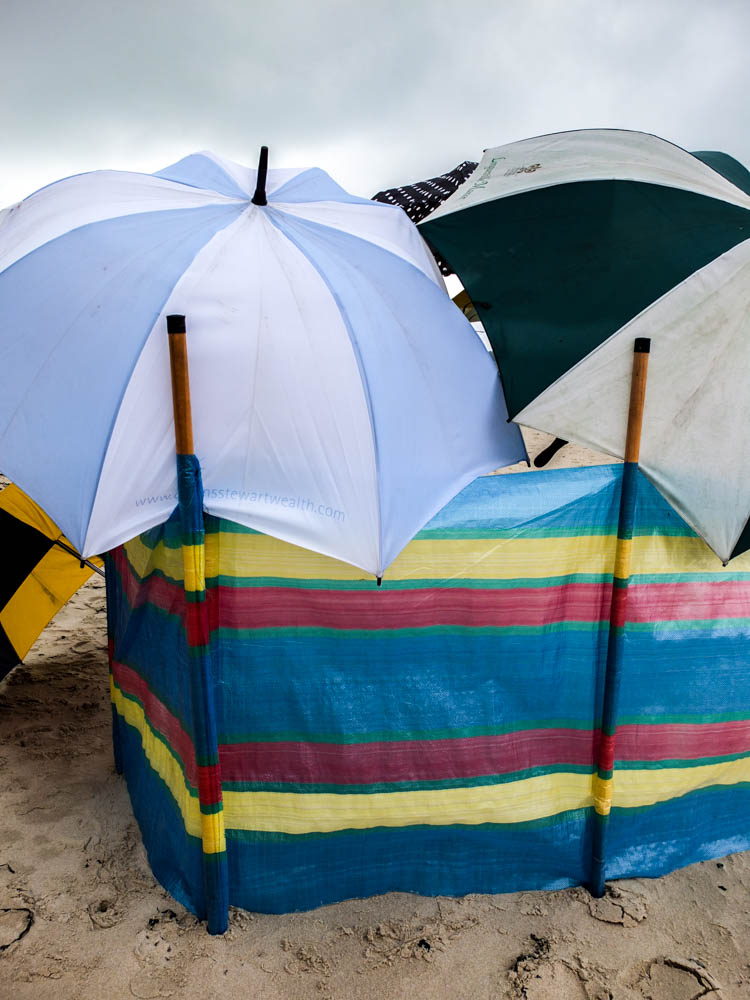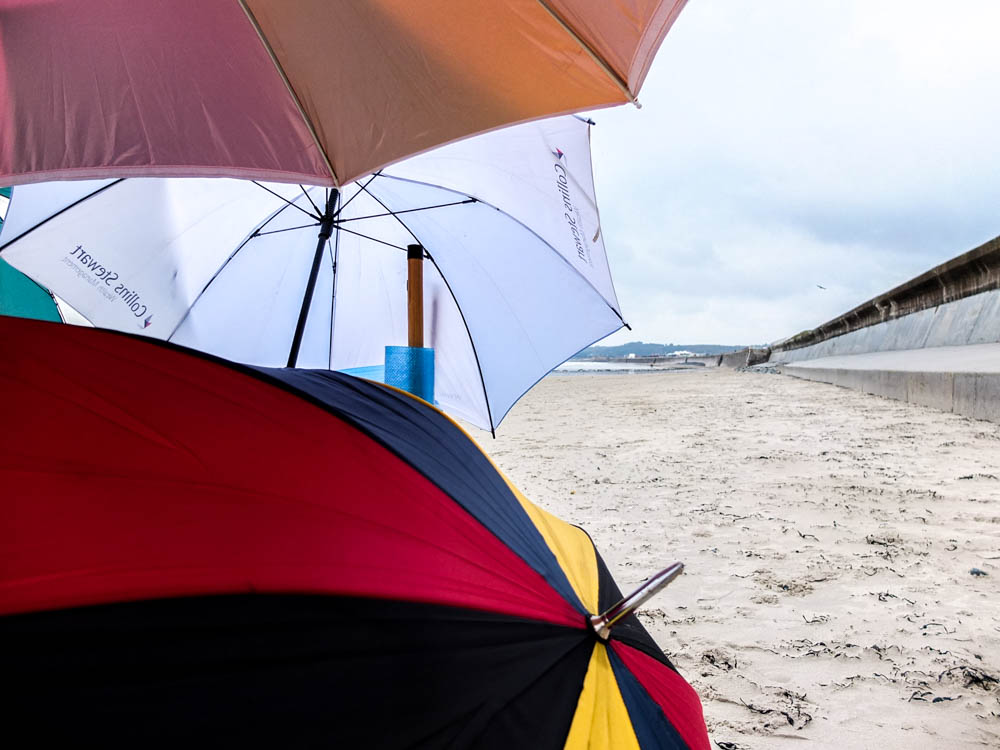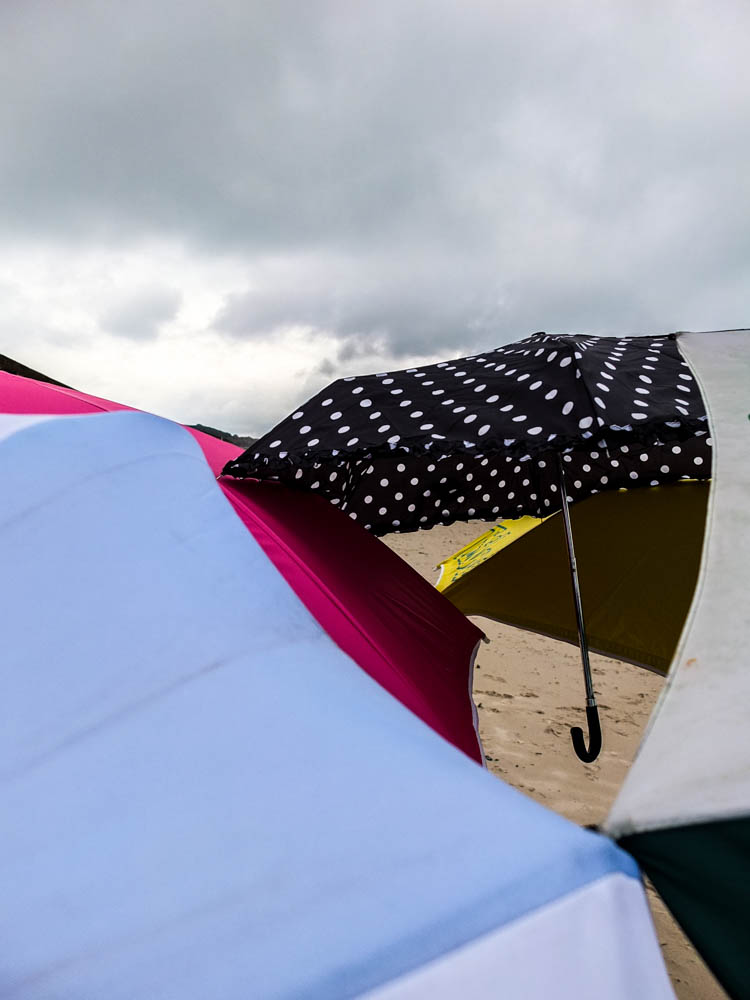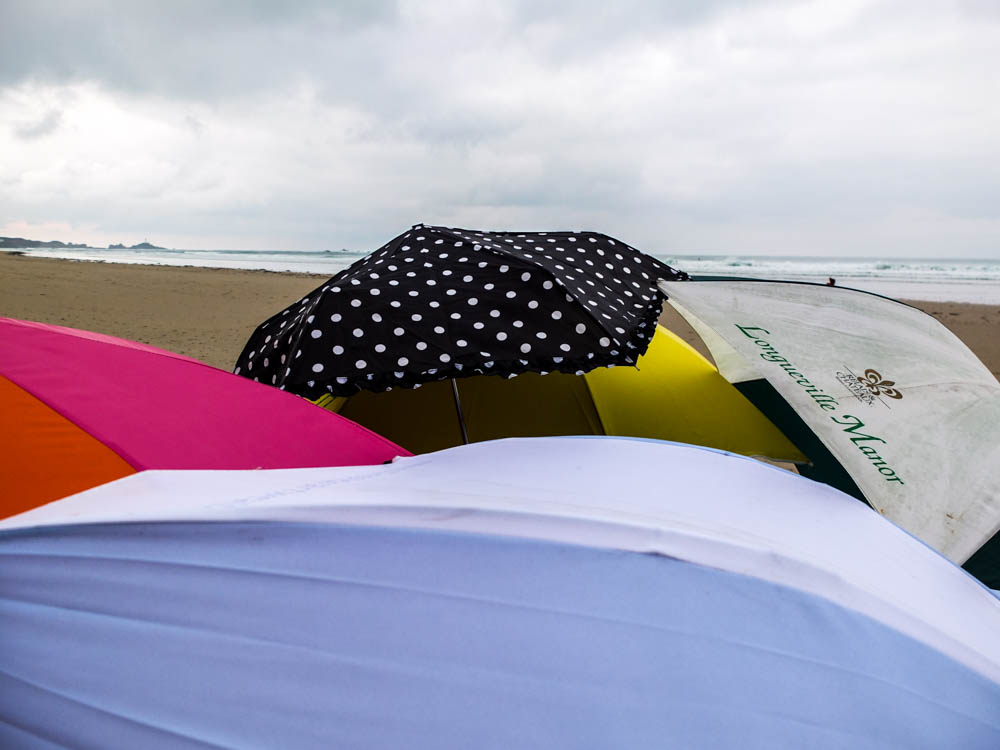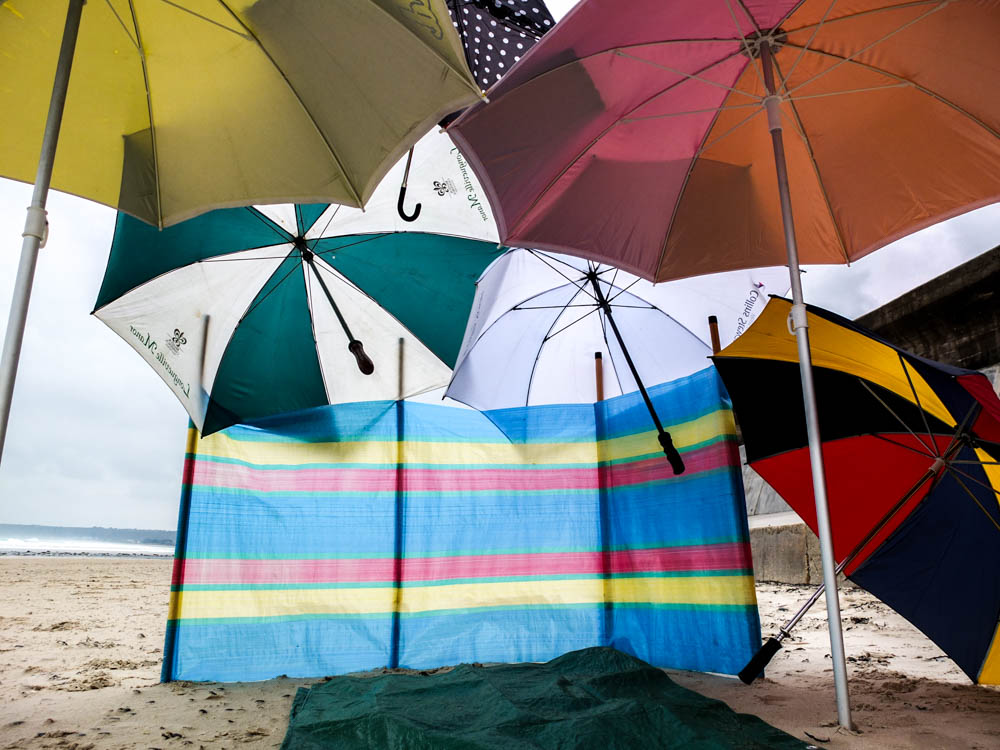I think that as den building is at the center of my project that it could be quite interesting to consider why people build dens and where it all began. I’m hoping that in considering dens built by people in the past and also the physiological reasons behind children still making them in the present day that it will inform my own den building.
The first people, before the Neolithic’s and also at the beginning of the Neolithic period built dens for survival. Neolithic architecture ranges from the tent to the megalith (an arrangement of large stones) to rock cut architecture including temples, tombs, and dwellings. The structures i’m concerned with are the ones built by the Nomads. The Nomads who had no permanent dwelling and would instead move around depending on weather but most importantly following the food supplies. People in this time period were not tied down to the emotional connections of a place or object, their main and only priority was food which led to survival and so therefore their housing arrangements needed to be able to adapt so that they could move around. This meant that homes either needed to be portable or for new structure to be able to be made very quickly. Resources to build these structures from was also a major issue compared to the modern day as the only tools available were made from natural materials such as bone, antler, hide, stone, wood, grasses, animal fibers, and the use of water. The actual materials were also limited to bones such as mammoth ribs, hide, stone, metal, bark, bamboo, clay and lime plaster. This type of architecture is known as vernacular architecture, which is basically just using the resources around you to suite the local needs of the site. These structures were very often tent like in creation but all we can do is speculate as the whole point of these structures was not to be permanent and therefore we have none to examine. What little we can say about very early construction is mostly conjecture and based on what we know about the way nomadic hunter-gatherers and herdsmen in remote areas build shelters today.
Its ironic that the whole point that i am looking at dens for my project is how they are not permanent and can be built quickly out of anything in any environment but that this is also why there is no evidence of them for me to study in considering how to build my own dens. In history i have previously studied the Native Americans and they are one of the closest example that historians can use today to consider how the first nomad humans would have lived.
The Native Indians were also Nomads like the first people which led them to create the kind of structures we could imagine the first people to have. They were also nomads for the same reason, the herds of buffalo were their food source and therefore they followed them wherever they went all year round. The buffalo to the Native Indians was a sacred animal which they respected significantly as it provided them with their means for survival. We can see how reliant the Native Americans were on the buffalo when we consider how the white people who came to America destroyed the way of life for the Native Americans by killing all the buffalo. The mass killings of buffalo began as a sport for the white people and then eventually became deliberate as they realized how much strain it put on the Native Americans lifestyle. This is what forced the Native Americans to join the colonies as their old way of life had been destroyed.
The Native American’s lived in Tipi’s which they are able to carry around with them wherever they went. This is maybe slightly different to the first people as they may not have been able to take materials around with them wherever they went. The Native Americans were only able to do so as they had horses and the tipi structure could be created into a sled which the horses could easily drag behind them. The tipi’s themselves were made of wooden poles which were then covered in buffalo skin to trap in the warmth and create walls. The wooden poles act like some of Andy Goldsworthy’s designs; supporting themselves by each resting on each other to create a pressure in the center that kept the structure standing. The Tipi’s acted as shelter and a home to live in. They protected the Native Americans from the weather, shading them from both the scorching sun and the wind. They could also be put up and down in 15 minutes which was essential for a group of people constantly on the move.
In considering the Native Americans nomadic structure i think that there are things i can consider for my own den building. Using the natural environment seems to be a key focus as dens are built for the specific environment that they are in. They use the resources around them as well as well as the layout of the environment itself influencing how the structure is built. This will be particularity important when i experiment with making a natural den out of branches ect in the woods.
“The den was often perceived as a place where one could be alone, to sit and ponder or just “do one’s own thing.” It was also a hidden refuge from which one could get up to different kinds of mischief, since one (hopefully) could run back and seek refuge afterwards. It was also described as a good place to tell stories.” – Maria Kylin
In considering why dens were built in the past i think it is important to also consider why they are such a massive part of childhood life in the current age. In the past they acted as a real home, the only means of shelter and protection from the outside environment. As out behavior pattern as human have changed over the years to become creatures of habit that live within one permanent location it is curious to think that den building still remains such a massive part of the culture. Many surveys have in fact been done which ask adults to think of their best childhood memories in which adults weren’t present. 9/10 the answer is building some form of den. I want to consider exactly why this is because it might explain why even at 18 i’m still fascinated with den building and the idea of creating dens for my project is distinctly thrilling. First i’m going to consider an academic essay written by Maria Kylin on den building and its influence on children. She writes adamantly about how dens and the process of den building gives children an independence and helps them grow as people. Adults are often completely excluded from den building, it is a child’s vocation and therefore they are learning to do things by themselves. She also considers how this sense of independence also moves into a sense of being in control. The children have as much power as they want within the den, it is their space away from the prying eyes of adults and therefore they make the rules. This notion of their own space also becomes important as they can influence their surroundings how they like. A den isn’t always a completely newly constructed structure, it can be a hole in a hedge with a few modifications. The significance of the den is that the child has ownership over it. They have found it and made it their own in some form or another. The den comes to signify for the child the boundaries of their own personal space and the rest of the world. Another key element which makes dens so important for children is the secrecy of their locations. Only a few people know the locations of the children’s dens and very rarely adults as the children like to have this sense of owner ship over their dens, the power to decided whether or not they will allow people inside.
“The sites showed different degrees of “construction,” and the structures had different degrees of permanence. A few of the structures were built with planks and nails (although never with the help of adults), but most were small spaces, corners and hiding places that had been improved or modified in some way. They had been manipulated to some extent to mark a spatial boundary between the child and the rest of the world” – Maria Kylin
“The children’s perception of the den as a secret place can be compared with Lieberg (1992) who found that “hideouts” were places and settings where teenagers felt they could escape from the control of adults and peers and feel free, uncontrolled and independent. From a spatial perspective, it is interesting that these “hideouts” were mostly found and created in green areas and factors such as the outdoor design and the vegetation played a role when they chose just these places.” – Maria Kylin
Maria Kylin’s Essay
While reading about why children build dens i also came across an article by the guardian that while
“New research by academics in the US and Scandinavia is showing both that dens are crucial to children’s development – and that the opportunities for and inclination of children to make them are in danger of disappearing completely.” – Josie Barnard
Den building was a fundamental part of my childhood and i wouldn’t want to imagine that children would begin to move away from this thrilling and beneficial activity. It is being suggested that the technology age has a massive influence on den building as children spend a lot more time indoors but that also the environment which children are surrounded in no longer has the same potential for dens. It is being suggested that our environment are becoming too sparse and clean cut, not allowing children to be able to discover secret places in hedges and over grown woods as we as humans are striving to control too much of our environment.
“The book critic Dinah Hall has noted a near-total absence of dens in contemporary children’s literature. “Parents are too paranoid about letting children out of their sight to even be able to bear a den in a work of children’s fiction,” she says. “The most you’re going to get is a lovely, but very tame den, under a table in a Shirley Hughes picture book.” – Josie Barnard
Adults influences are apparently also effecting children’s den making as parents have less children in the current day and age which means there are both less children to make dens with that children spend a lot of time with and parents are more protective of the children they do have. I think den building is a really key part of childhood, i know i spent my entire childhood building den like structures.
“The den is the child’s sense of self being born,” says David Sobel, a developmental psychologist at Antioch New England graduate school. He has researched dens extensively since the 70s, in Devon, England, and the Caribbean. “In the middle childhood, ages seven to 11, a den is the child’s chance to create a home away from home that is secret, and becomes a manifestation of who they are. The den,” Sobel argues, “is the chrysalis out of which the butterfly is born.” – Josie Barnard
The guardian article
After considering all this research on den building and its function both in the past and present it has definitely made me more informed on den building as a whole. I think it will inform more my section on considering my friends as children again. It will also cause me to think more about the secrecy of the dens and how i could present that through photographs.



